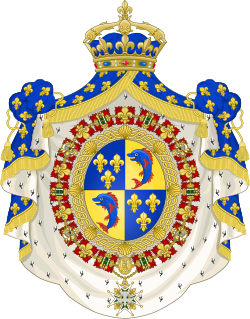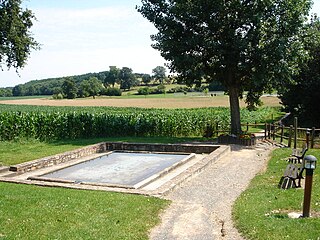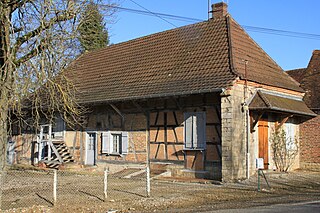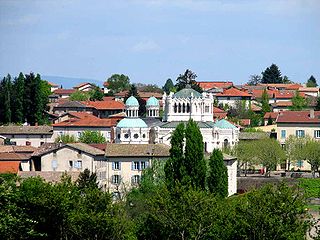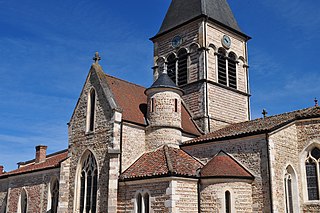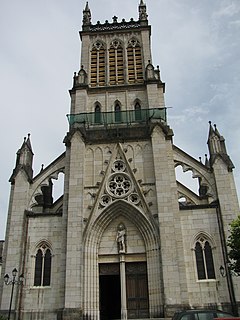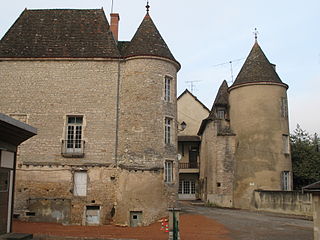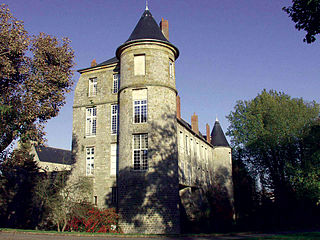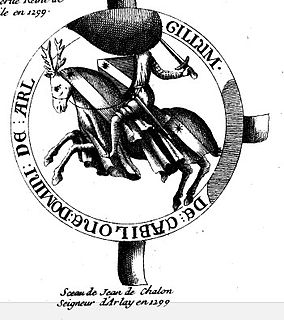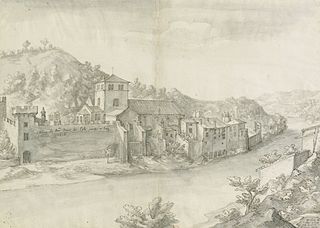This article does not cite any sources .(May 2013) (Learn how and when to remove this template message) |

The Château de Montribloud is a former castle in the commune of Saint-André-de-Corcy in the Ain département of France. It was later transformed into a Renaissance château.
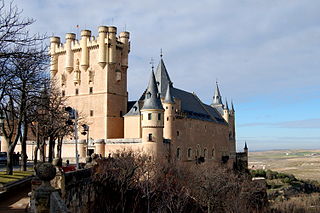
A castle is a type of fortified structure built during the Middle Ages by predominantly the nobility or royalty and by military orders. Scholars debate the scope of the word castle, but usually consider it to be the private fortified residence of a lord or noble. This is distinct from a palace, which is not fortified; from a fortress, which was not always a residence for royalty or nobility; and from a fortified settlement, which was a public defence – though there are many similarities among these types of construction. Usage of the term has varied over time and has been applied to structures as diverse as hill forts and country houses. Over the approximately 900 years that castles were built, they took on a great many forms with many different features, although some, such as curtain walls and arrowslits, were commonplace.
The commune is a level of administrative division in the French Republic. French communes are analogous to civil townships and incorporated municipalities in the United States and Canada, Gemeinden in Germany or comuni in Italy. The United Kingdom has no exact equivalent, as communes resemble districts in urban areas, but are closer to parishes in rural areas where districts are much larger. Communes are based on historical geographic communities or villages and are vested with significant powers to manage the populations and land of the geographic area covered. The communes are the fourth-level administrative divisions of France.
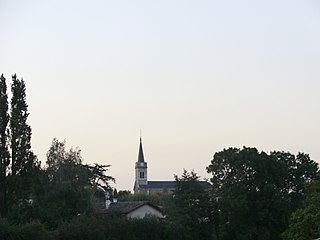
Saint-André-de-Corcy is a commune in the Ain département in eastern France.
Contents
- Origins
- The castle in the Middle Ages
- The Renaissance château
- The château of the Nicolaus
- The château in the 21st century
- Sources
- See also
- References
- External links
The castle is constructed of brick, typical of the Dombes area.
The Dombes is an area in southeastern France, once an independent municipality, formerly part of the province of Burgundy, and now a district comprised in the department of Ain, and bounded on the west by the Saône River, by the Rhône, on the east by the Ain and on the north by the district of Bresse.



